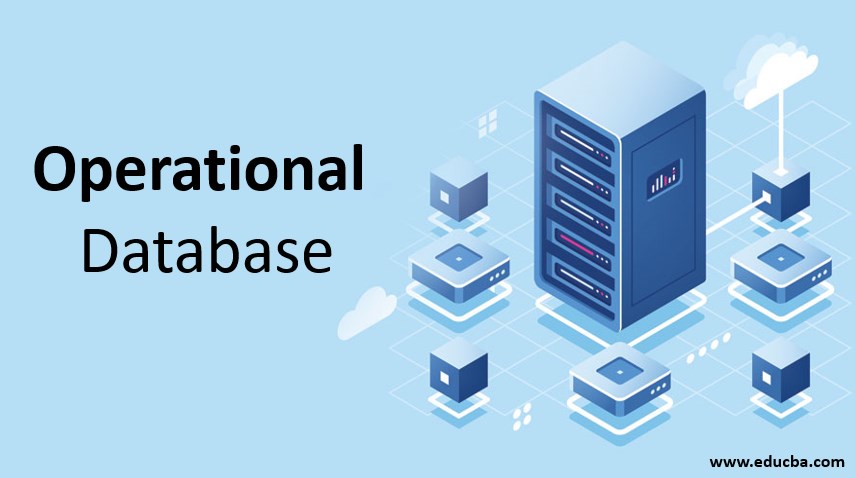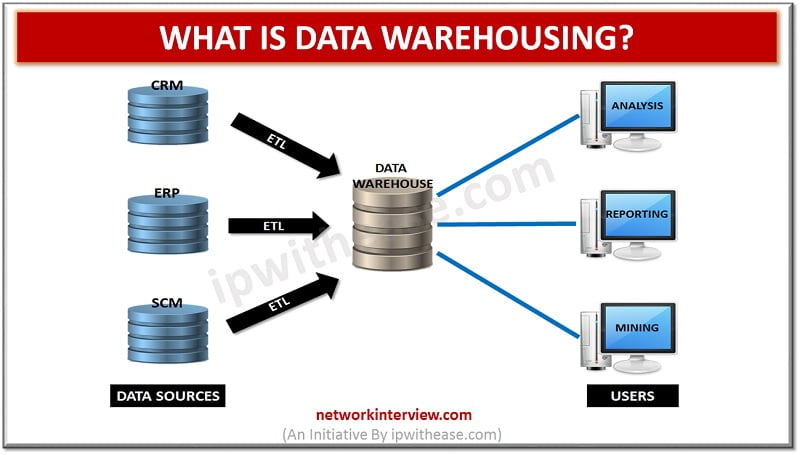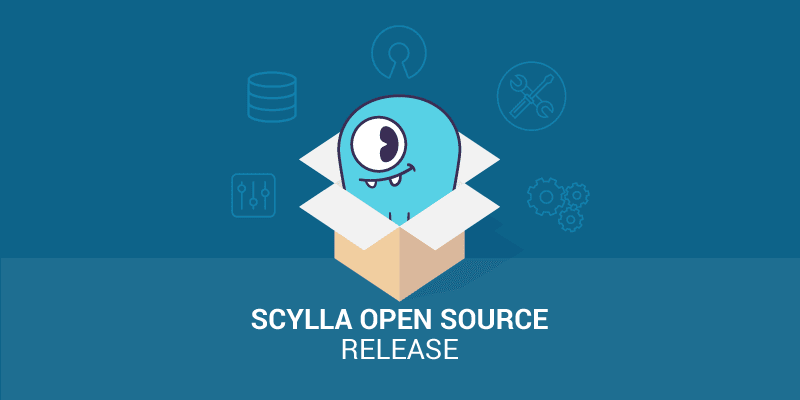Operations of the Database-Software that makes it simple for users to define, alter, retrieve, and manage data in real time is known as an operational database management system. Operating database systems are focused on real-time, transactional processes, while conventional databases depend on batch processing. Active databases, built on SQL or NoSQL, are the foundation of data warehouses and essential to business analytics operations. Apache Cassandra and AWS Dynamo are two examples of common operational databases.
The ability to store, alter, manage, and retrieve vast amounts of certain information, such as mission-critical company data, payroll records, call records, customer information, employee data, and sales data, is an example of database operations in business. Big data operational databases can audit suspected transactions, evaluate custom history, and monitor activity. Additionally, we can use them to store e-commerce transactions in an OTP database (OLTP). Information sharing across the organization and the Internet is a crucial feature of a functioning database system.
What Functions Do Operational Databases Serve?

Operational data database requirements include:
Data divide into primary, secondary, and clustered indexes via indexing to make it easier to retrieve; To efficiently recollect files, cataloguing assigns them with essential qualities.
Replication reduces latency and increases robustness by making copies of data and storing it at various locations.
File Organization: To explain complex use in such cases, files are organized and kept in the appropriate places.
Query Processing: In a split second, user queries convert into straightforward instructions, which are processed, assessed, and optimized. The user then presents pertinent data pulled from the database.
Support for Transactions: A transactional system assures that the operational database is operating consistently in a steady and concurrent state and maintains recovery services. It also ensures that the system is ACID-compliant, delivering Atomicity, Consistency, Isolation, and Durability.
Operational databases and analytical databases differ from one other.
An analytical database is a customized, read-only platform created primarily to enable analytics and business intelligence applications. The design of an analytical database often works as a component of more extensive data warehouses. It combines in-memory hardware, integrated functions like mining, and column-based data storage to enable quicker query performance, better maintenance, and scalability. The most common varieties of analytical databases available on the market are column databases, data warehouse appliances, in-memory, massively parallel processing (MPP), and online analytical processing (OLAP)
Operational databases for transaction processing in the daily operations of a company, while analytical databases concentrate on analytics. As a result, analytical databases typically outperform traditional relational database software in terms of performance and scalability, where transaction processing supports data warehousing and business intelligence applications.
Differences between Operational Database System vs Data Warehouse:
For both operational databases and data warehouses, each of which serves a different purpose.
Data warehouse versus operational database system:
Data Warehouses

can use relational databases
- mainly focused on historical data; built to allow high-volume analytical processing.
- Data is rarely modified once it can add to the database.
- created for examining business activities;
- enhanced for detailed, erratic searches that may access many rows simultaneously.
- contains reliable, consistent data.
- allows for a limited amount of concurrent clients.
- subject-oriented.
- designed to retrieve large amounts of info quickly.
- geared toward online analytical processing (OLAP).
Operational Databases
- built to allow the processing of many transactions.
- Usually interested in recent data.
- The added data is updated frequently.
- For use in real-time commercial operations.
- Built for straightforward transactions with single-row access.
- Tailored for the instantaneous verification of incoming data
- supports thousands of clients simultaneously.
- Process-oriented.
- It is suited for quick updates and inserts of lower data quantities.
- They specifically design for online transaction processing (OLTP).
Operational database modelling vs data warehouse modelling
The initial stage of creating a data warehouse is called data warehouse modelling, during which the schema is bent. A well-designed schema lowers the cost of deploying the data warehouse, increases productivity, and lets clients visualize the links between warehouse data. It also enables the creation of a helpful data warehouse structure.
Since a data warehouse’s primary purpose is to enhance the Decision Support System (DSS) process, data warehouse modelling primarily focuses on building a framework that facilitates sophisticated queries on historical data. Operational database modelling, in contrast, is concerned with the practical support of straightforward database operations such as data retrieval, input, deletion, and modification.
Do ScyllaDB’s Operational Database Solutions Exist?
Utilizing tools like ScyllaDB, an Apache Cassandra drop-in replacement with built-in schedulers, its memory allocator, automatic configuration capabilities, high scalability, and support for global and local indexes, NoSQL-based operational database systems can effectively harness the power of big data. ScyllaDB serves as a hybrid OLTP/OLAP database. As a result, it combines the advantages of both types of processing. These attributes vastly improve database performance, boost throughput and storage capacity, save hardware costs, and make it easier to use and manage an operating database.

What are the eight basic operations of the database?
Codd originally defined eight relational operators.
- SELECT was originally called RESTRICT.
- project
- join
- product
- union
- intersect
- difference
- divide
What are the various database operations, and what purpose do they serve?
What categories of databases exist?
- Relational data stores. Relational databases have existed since the 1970s,
- NoSQL databases,
- cloud databases,
- columnar databases,
- wide column databases,
- object-oriented databases,
- key-value databases, and more.
- Hierarchical databases.
Conclusion:
A database that maintains information internally in an organization is called an operational database. For example, they might have information about customers, employees, and payroll records. They are essential to business analytics and data warehousing operations.
Comparing operational databases to traditional ones that rely on batch processing, the distinguishing feature of active databases is their emphasis on real-time operations. Real-time record addition, deletion, and modification are possible with operational databases. Although NoSQL and unstructured data are becoming common in operating database management systems, SQL can still be the foundation of these systems.
Also read: What is Database Design? And It’s Important








GIPHY App Key not set. Please check settings